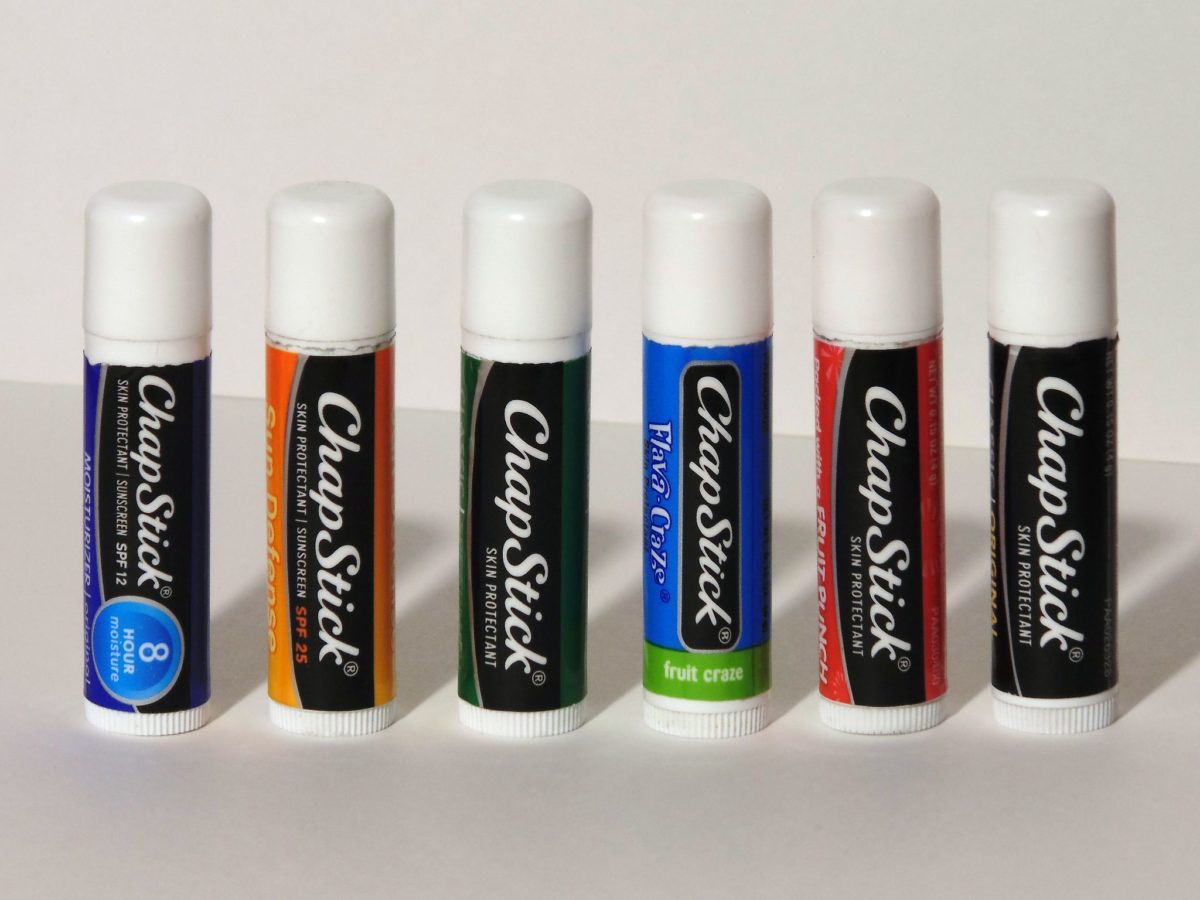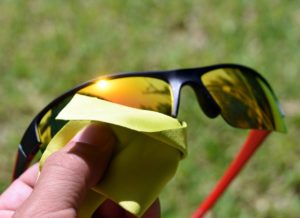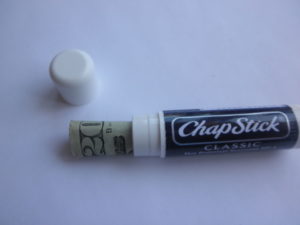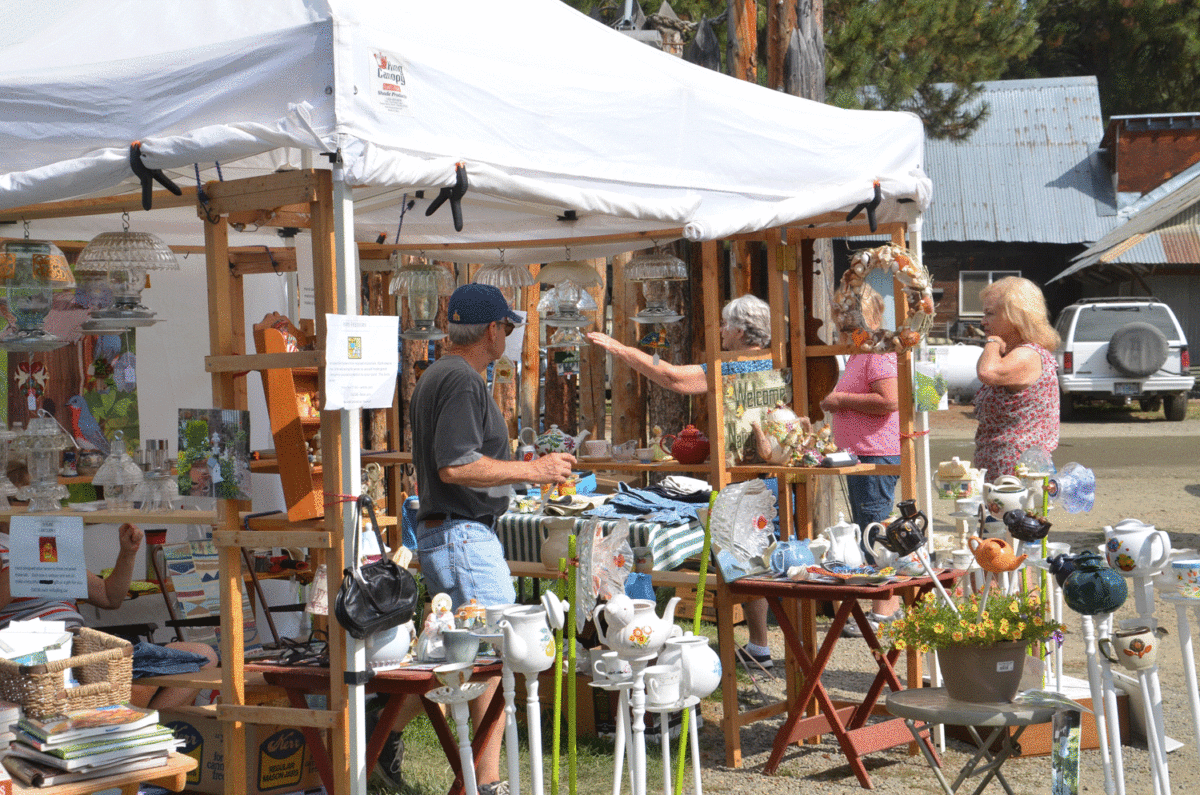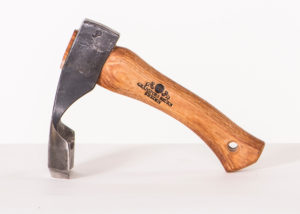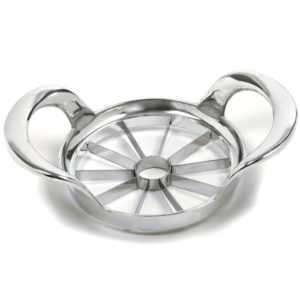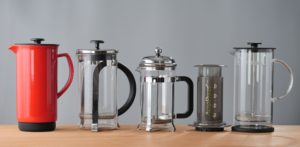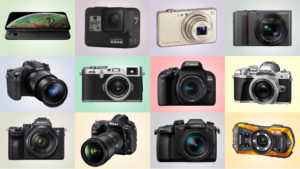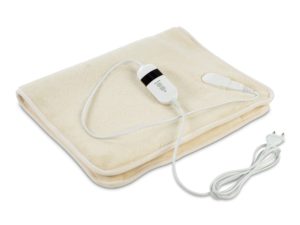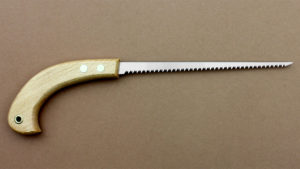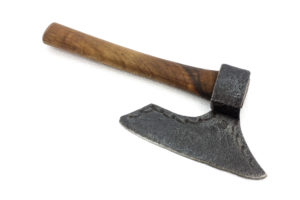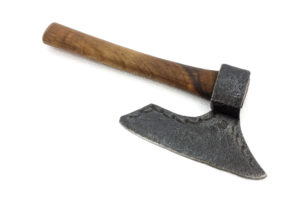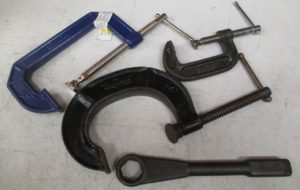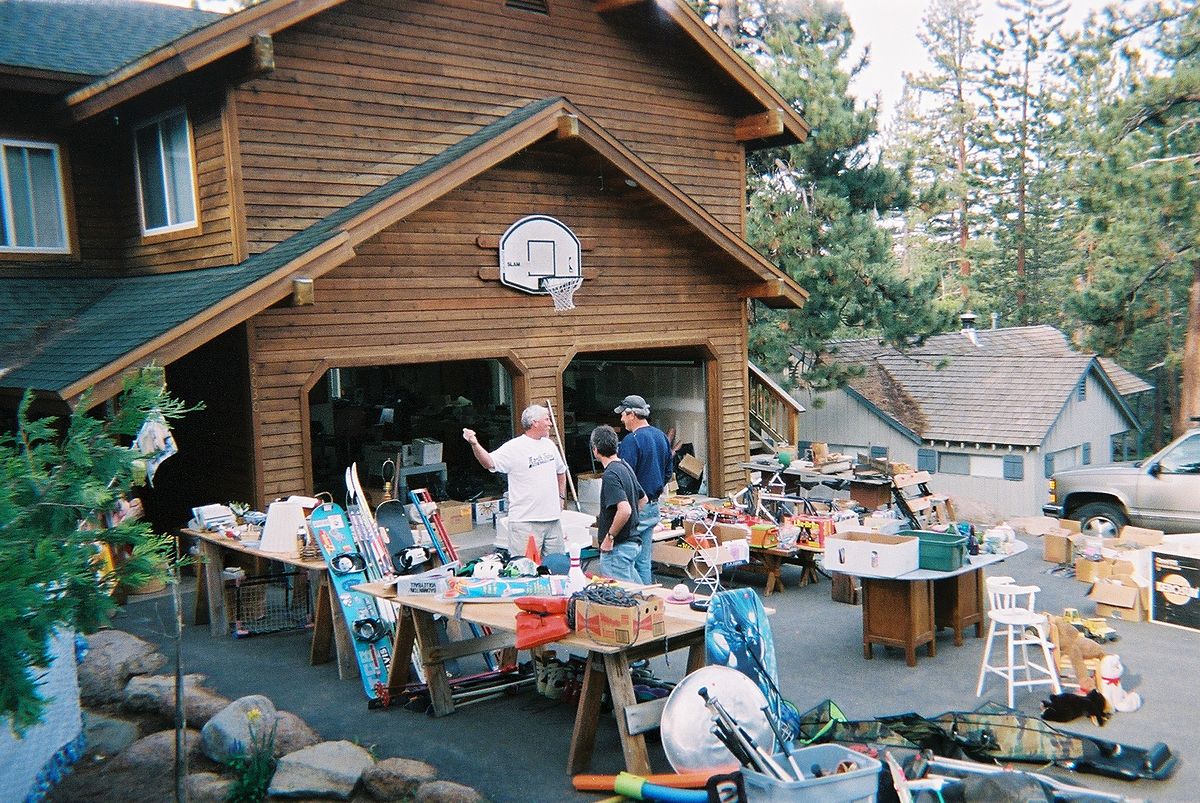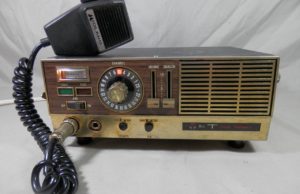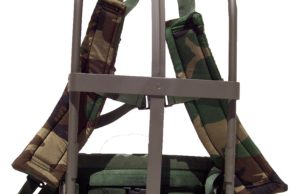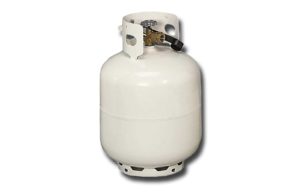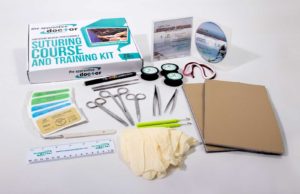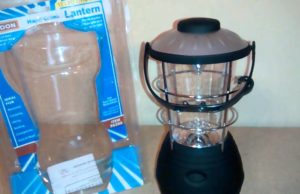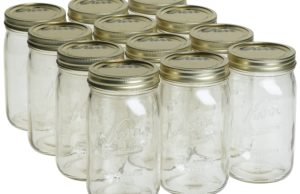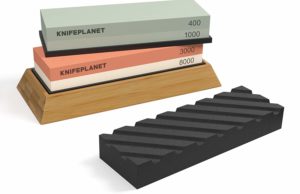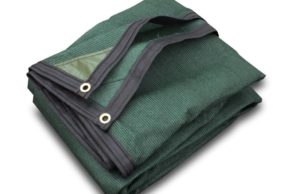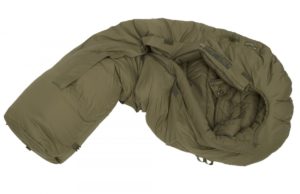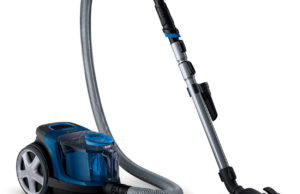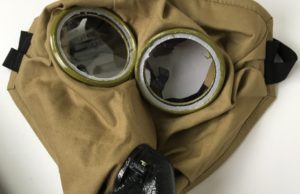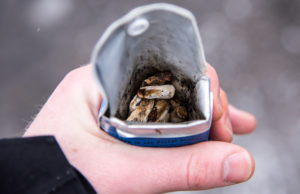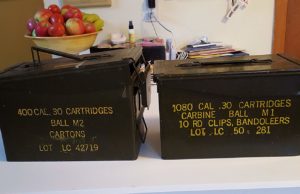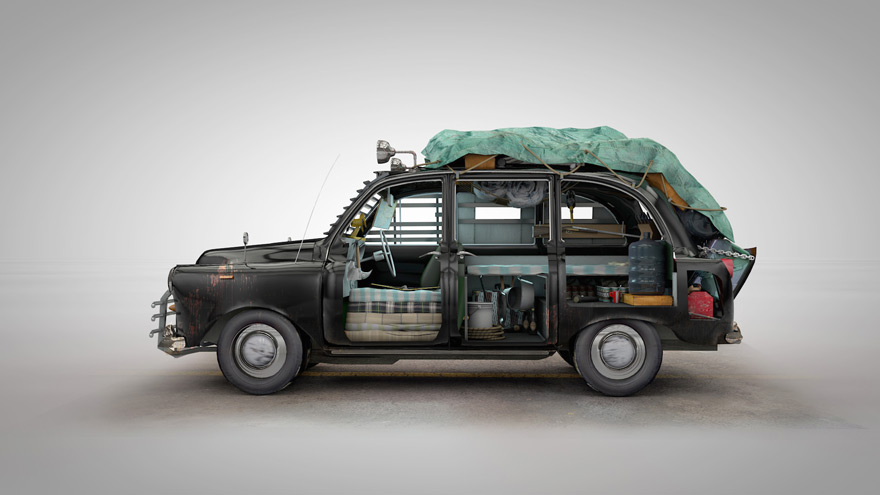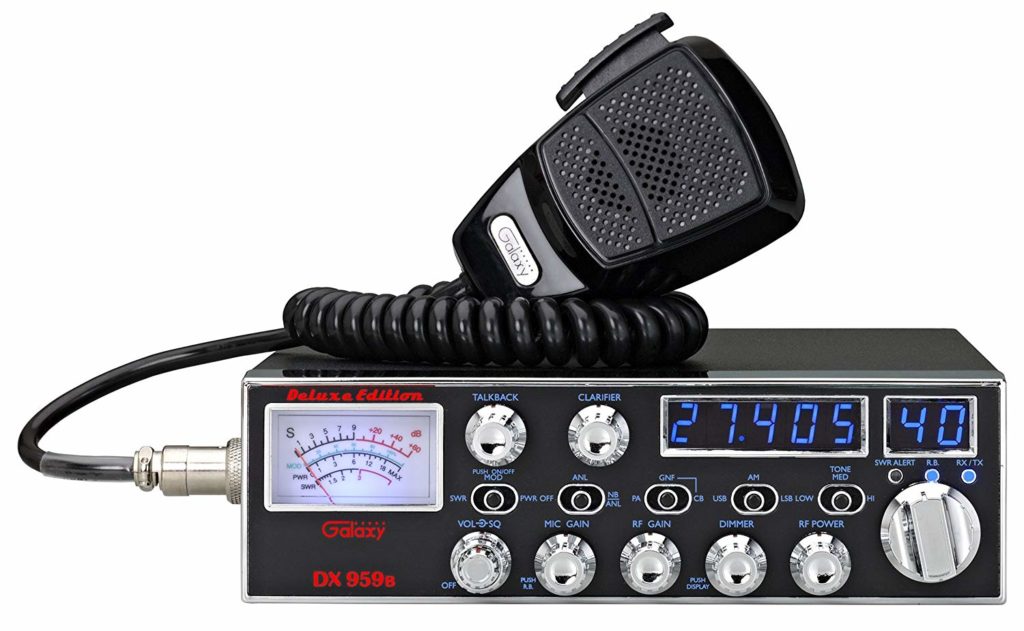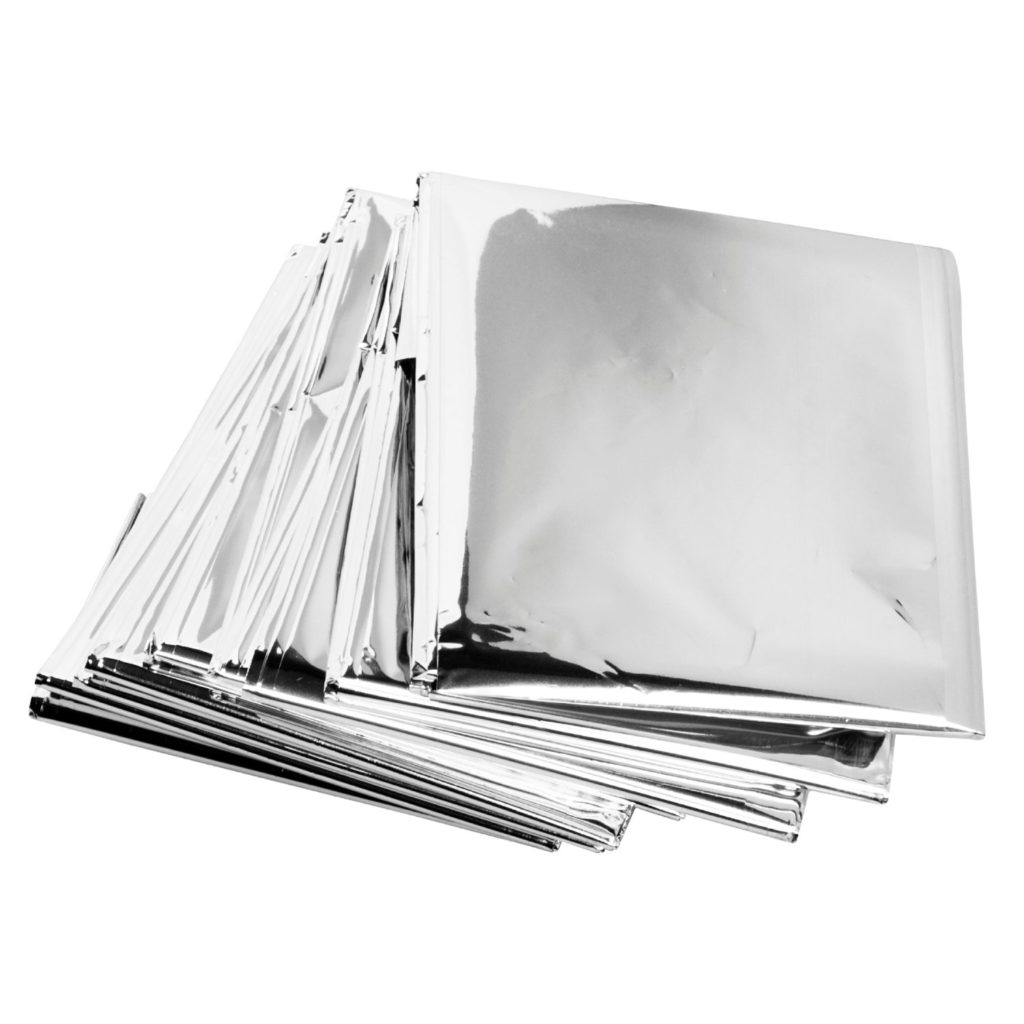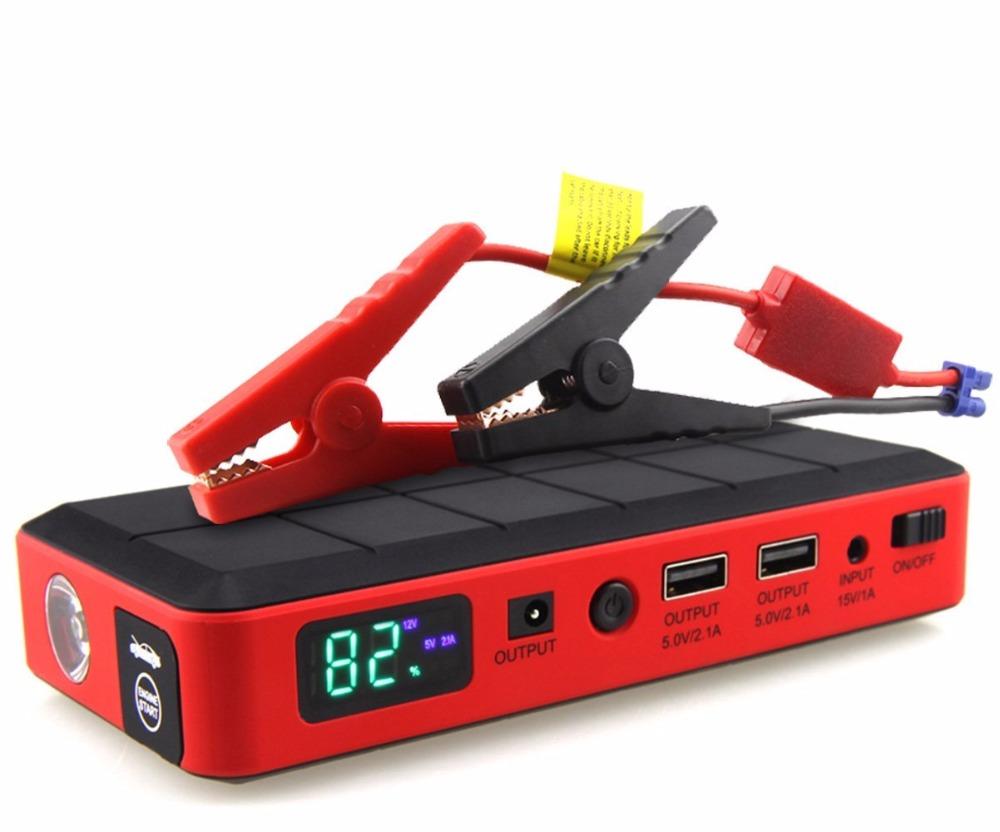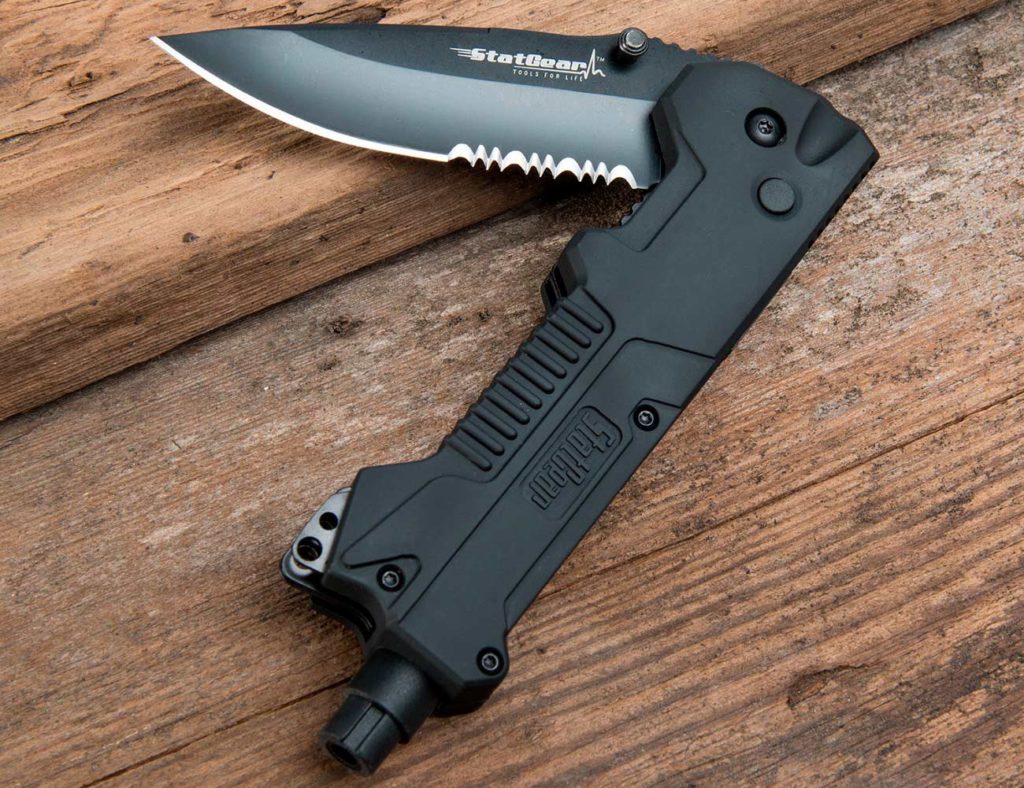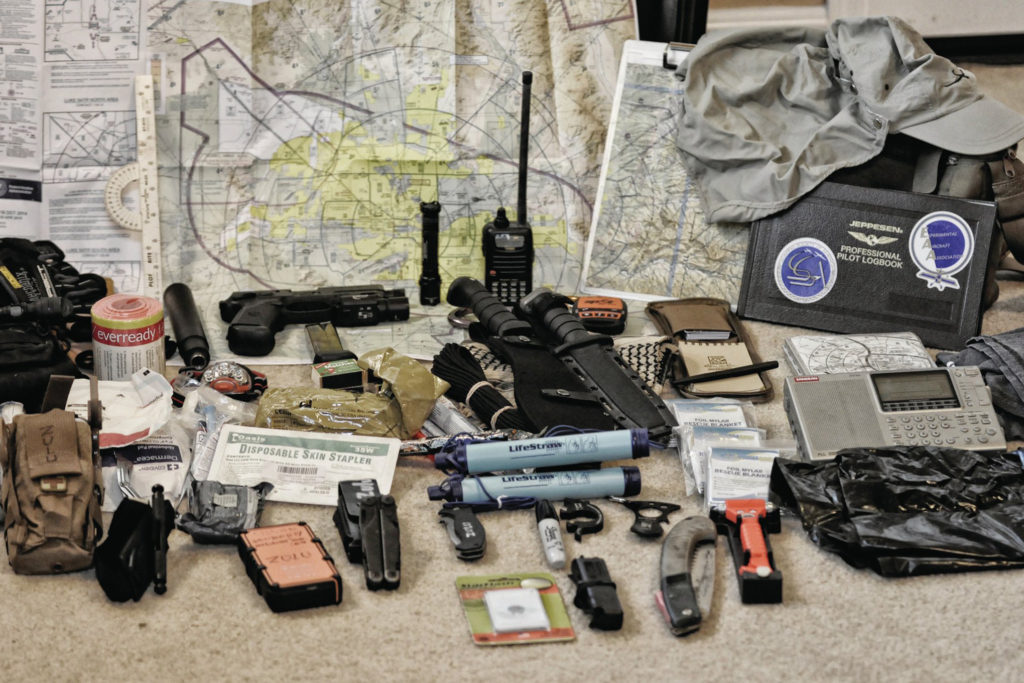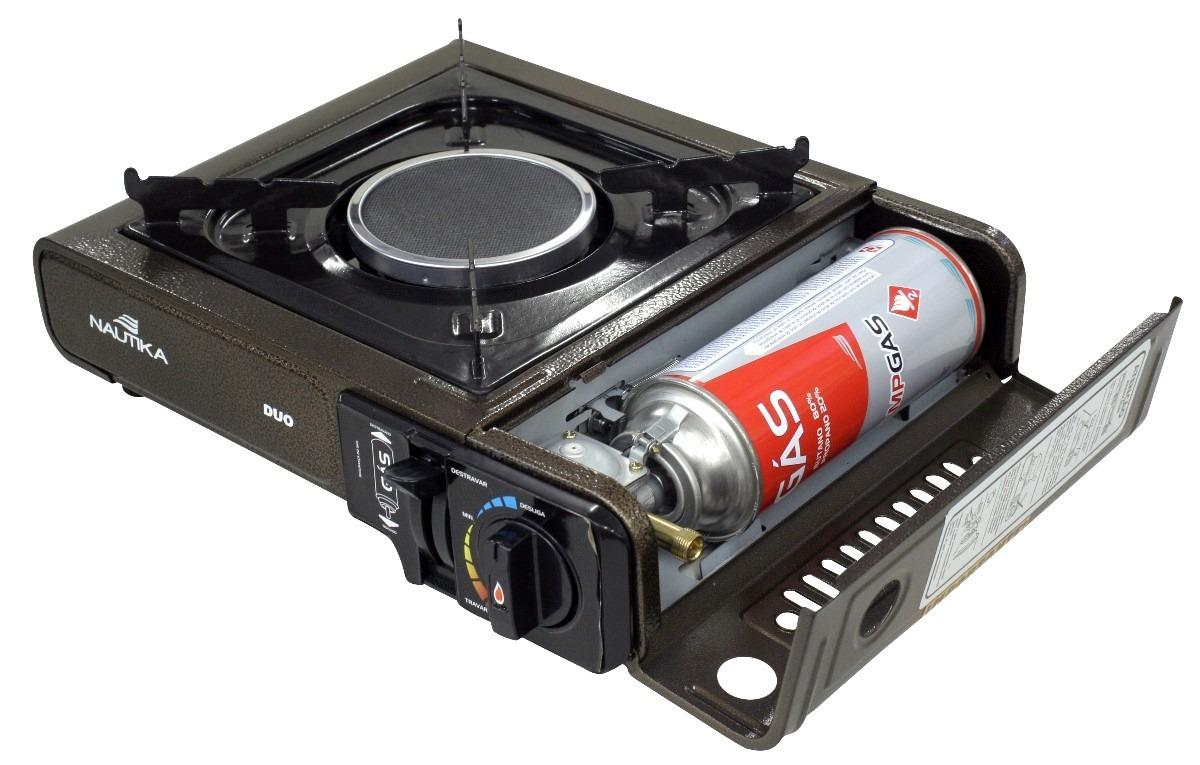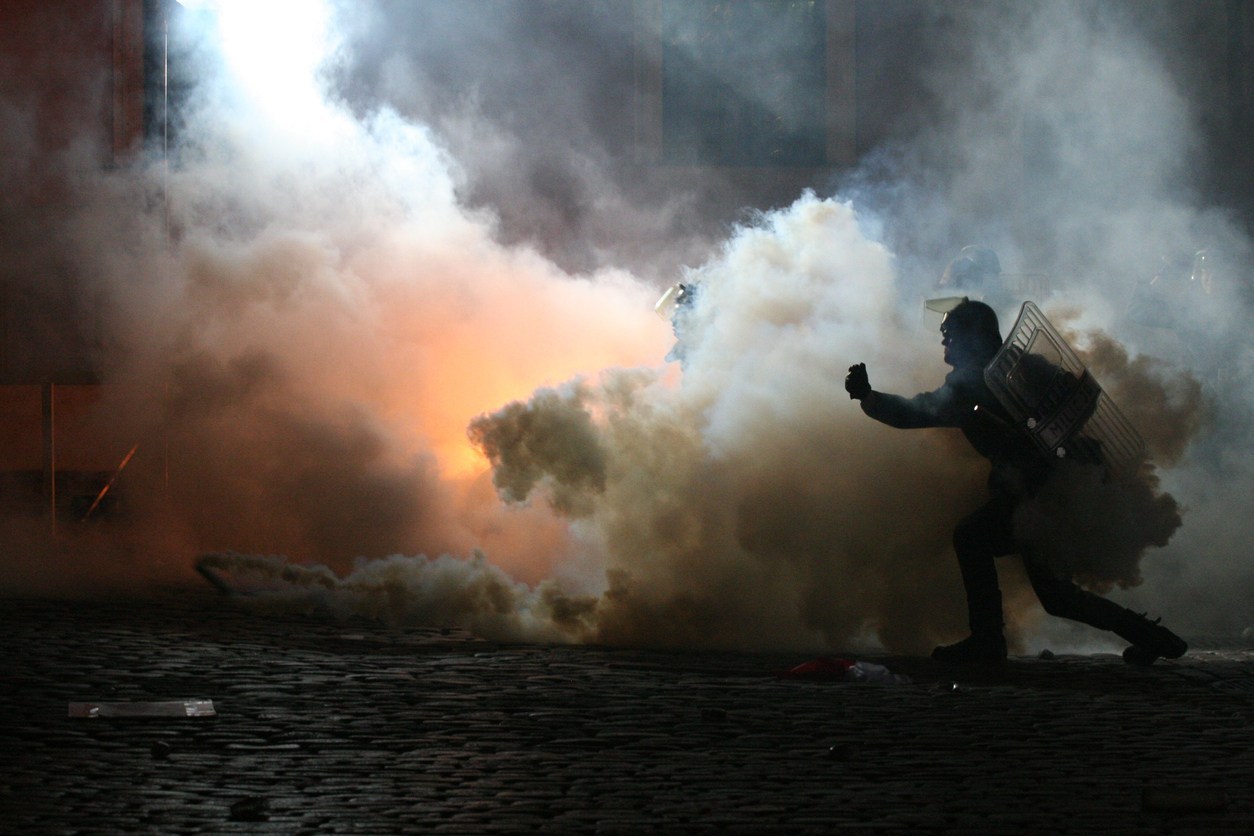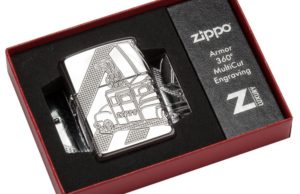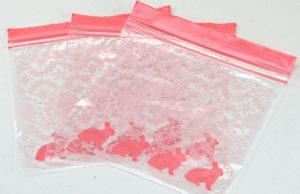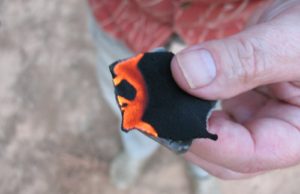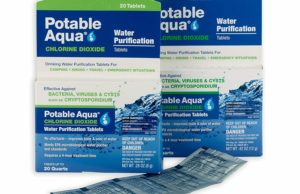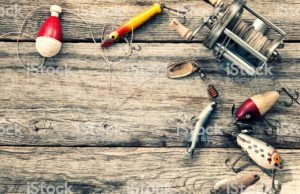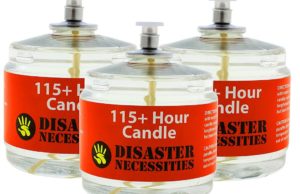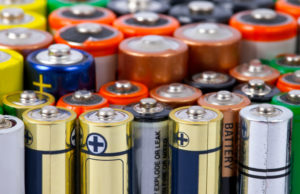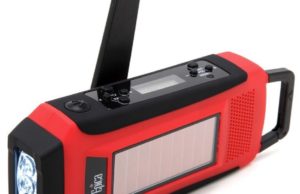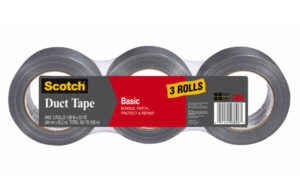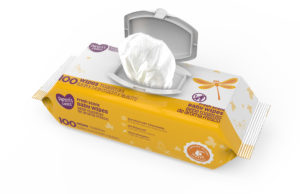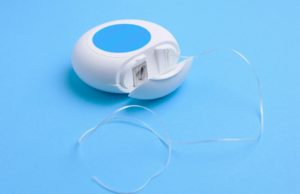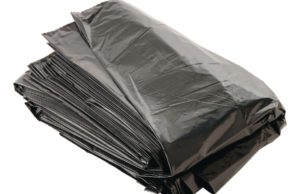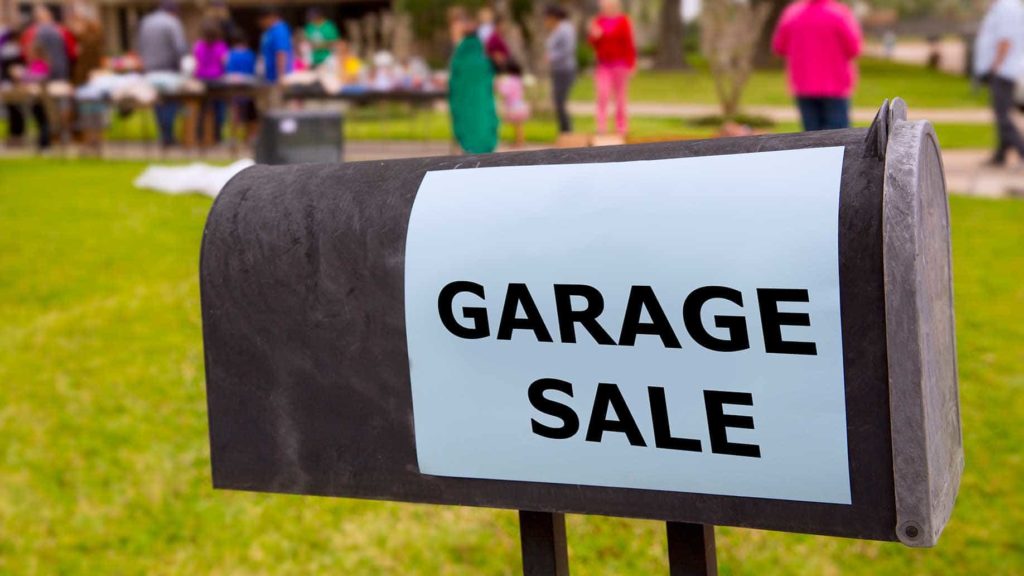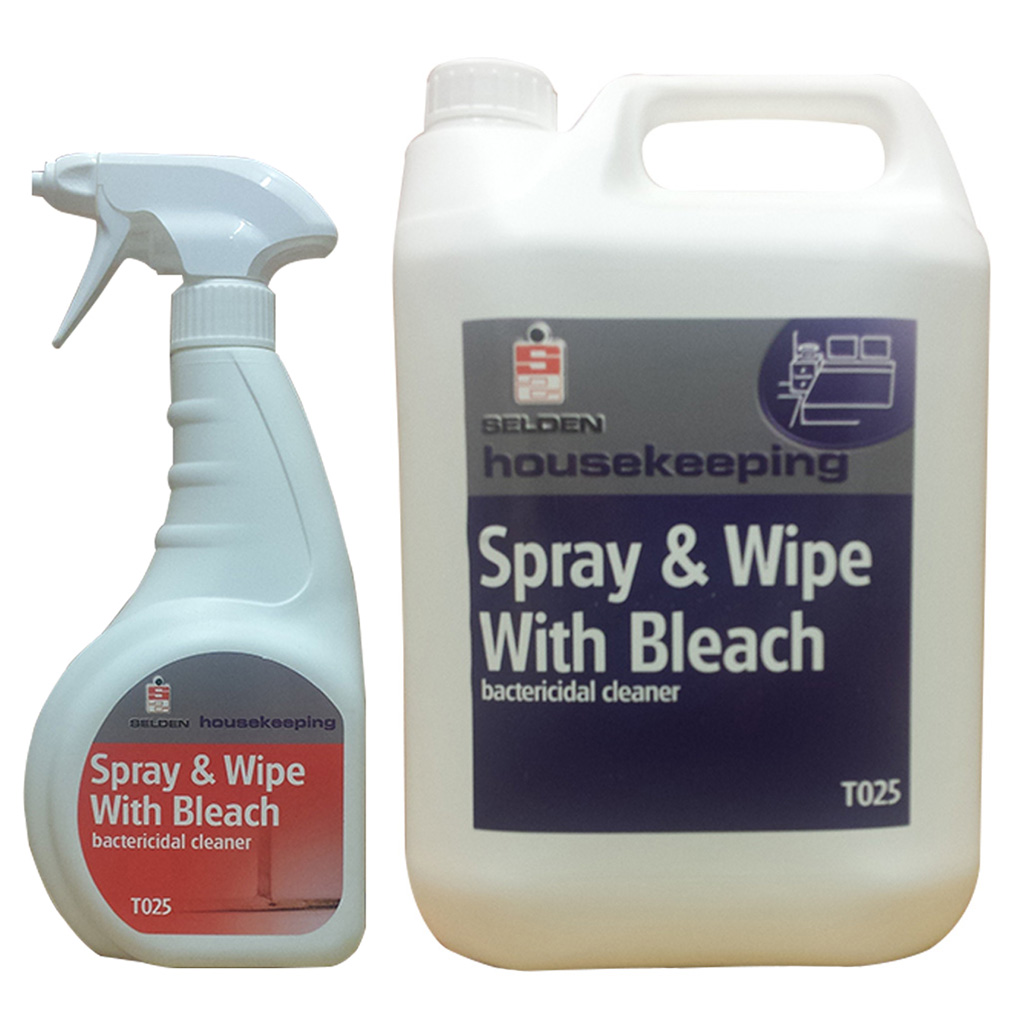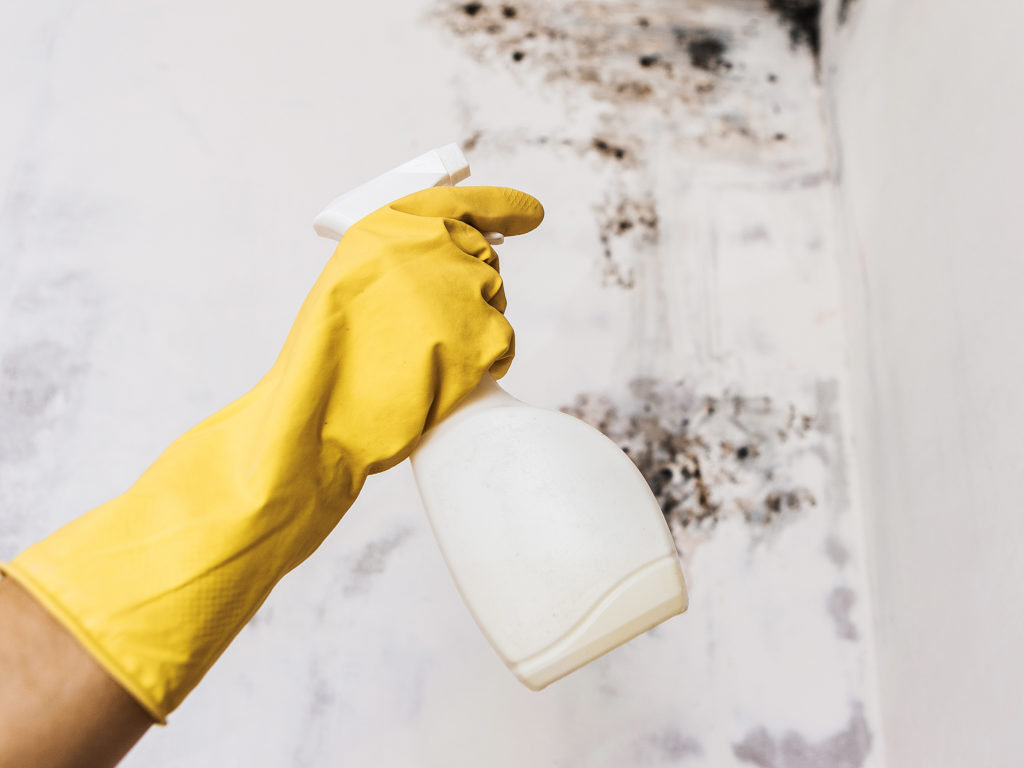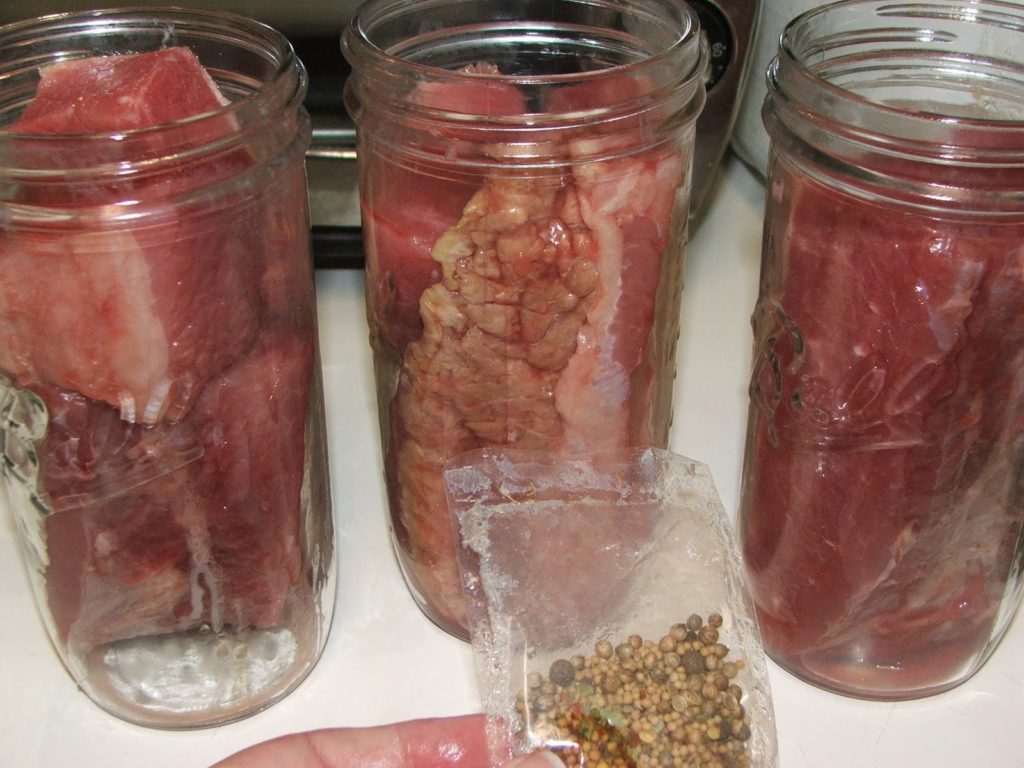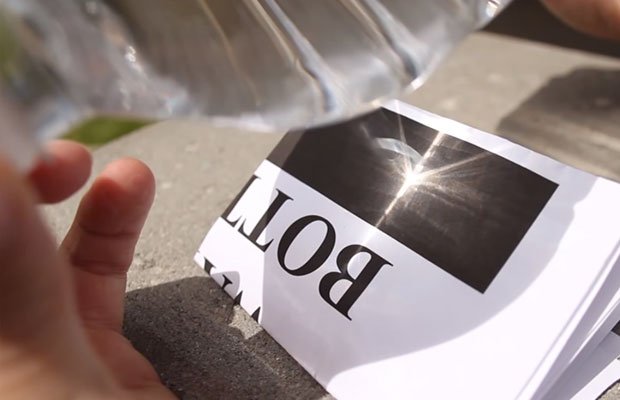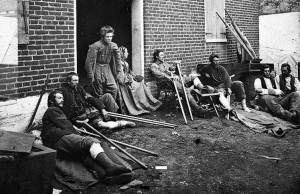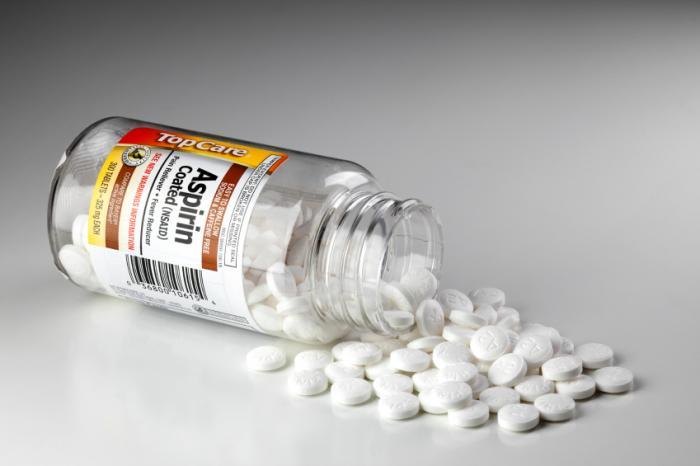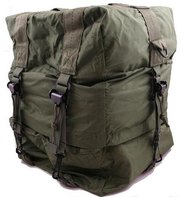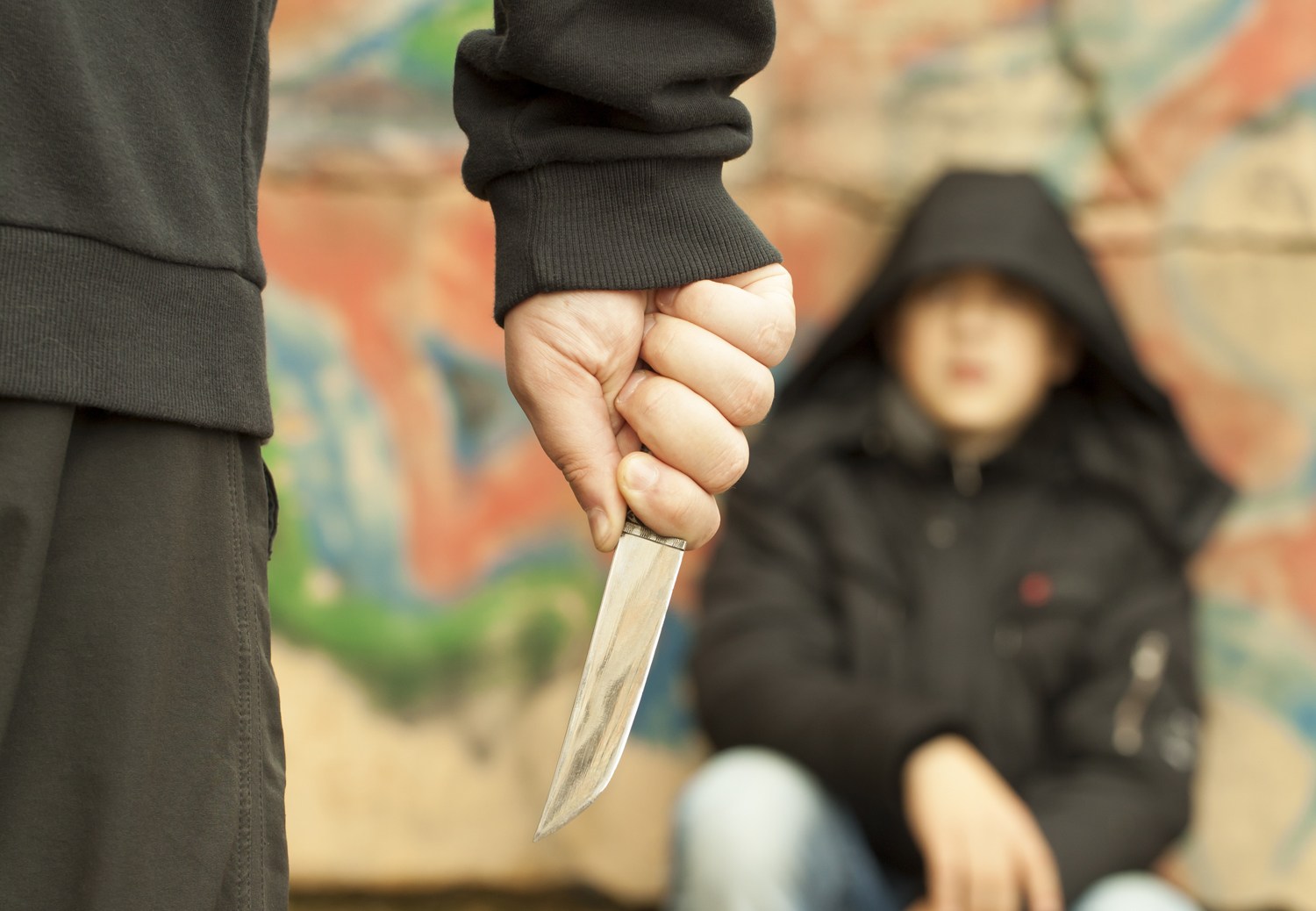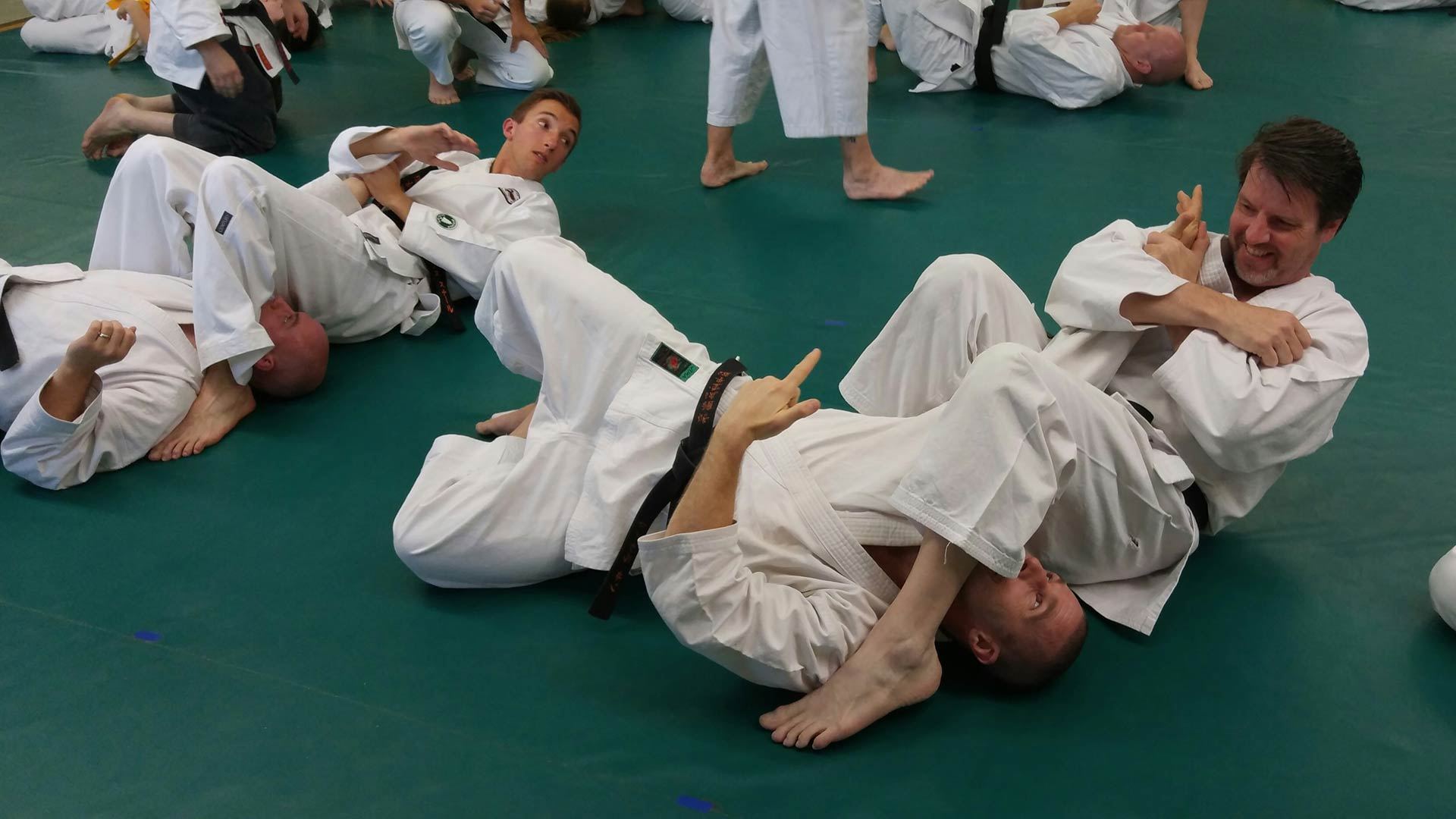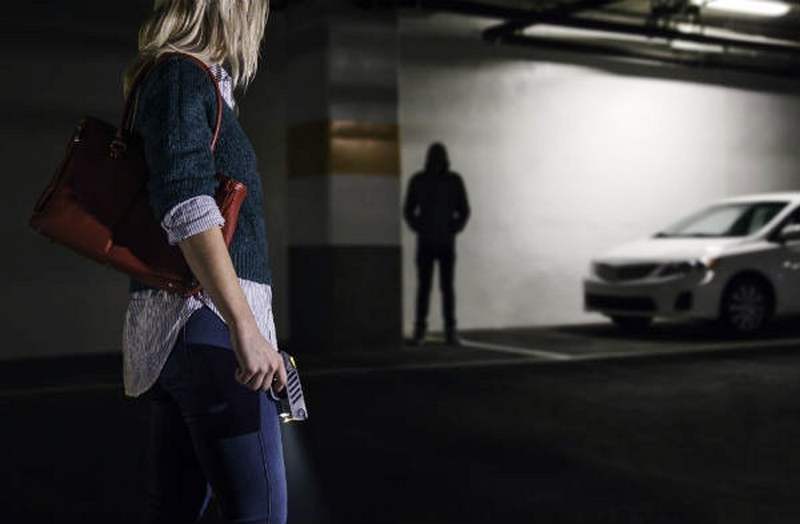9 Ways Chapsticks Can Save You When SHTF
You know ‘em, you buy them by the dozen, and they usually end up in the washing machine along with the rest of the clothes. Yup, you’ve guessed it – the chapstick, the only thing that shouldn’t be missing from your pocket, especially during the cold weather, regardless of sex. Sure, it’s funny to see a 7-foot-something mountain of a man using a chapstick because of cracked lips, but still, the thing has its uses.
A couple of days ago, I was at home watching this guy on TV who kept on repeating that all everyday items can be used in an SHTF situation. This guy did say that ALL EVERYDAY ITEMS, including the ones found in pockets and purses, can be used for survival. He managed to cover everything from lipstick, hand sanitizer, credit cards, and pens, but he missed out on one item that can do that all of that stuff put together.
And, after doing a bit of snooping around on the Internet, I’ve discovered some of the most ingenious uses for these objects which, as I earlier said, ends up on the clothesline after a good wash. So, without further ado, here are 9 awesome ways to use chapsticks in and SHTF situation.
- Blister buster
If you’re the kind of person who gets blister each time he wears a new pair of shoes, then chapstick is the answer you were seeking. Since the stick contains a small amount of antibacterial substance, applying a little bit on the area predisposed to chaffing and blistering will go a very long way. Give it a go and see how it works.
- Fixing small cuts
In case you find yourself without disinfectant or bandage, you can apply a thin layer of chapstick on the cut. Bear in mind though that this only works for small cuts (wouldn’t try using it on larger wounds). If you really want to speed up healing, you can use a combo of chapstick and clean cloth on the cut.
- Cleaning glasses
As the very proud owner of prescription glasses since the age of 12, I can tell you that nothing cleans lens better than chapstick. First, wipe both lenses with a clean cloth and then apply a very thin layer of chapstick. You can use the same cloth to wipe off the chapstick, or you can rinse the glasses with plain tap water (don’t do this too often, as water can erode the lens). Sure, this may not qualify as a run-of-the-mill SHTF situation, but do bear in mind that many car accidents have occurred because the drivers simply forgot to wipe off their glasses before getting behind the wheel.
- Hiding money
If you live in a rough neighborhood, then your kind of forced to improvise when it comes to money. Sure, keeping them on credit cards or a virtual account like PayPal usually works, but with cash being king you simply cannot step out of the house with a couple of greens on you.
A very clever way to conceal money is by using an empty chapstick tube. Pocket the thing and in case trouble find you the only thing your wannabee robber will see is a regular chapstick tube. You can also use the same method to save some cash for stuff – that’s how my wife bought me an amazing B.O.B for my birthday.
- Crafting emergency candles
For when the lights go out, that’s when all the hidden treasures of the world reveal themselves. The nigh may be dark and filled with dangers, but nothing a little light can’t solve. If you’re all out of 24-hour candles or flashlight died out on you, it’s possible to make an emergency candle out of a chapstick. Get a Q-tip and pop the top of your chapstick. Fluff the cotton on one end and dip it into the chapstick. After that, simply stick the other end in the stick, use your favorite fire-starting method on the fluffed end, and, voila, let there be light!
- Blocking sun glare

Summer’s great – except for that f-ing glare which makes you feel like somebody used your eyes for Voodoo practice. Of course, nothing beats sunglasses, but in case you lose or break them you can block some of the glare by using a combination of soot and chapstick. On a clean surface, put the contents of a chapstick. Grab a handful of soot and use a stick or something to mix them. Smear this under your eyelids, and you’re good to go.
- Setting up snares
If you’re trapped in the wild with no food, you can use chapsticks to bait small animals. Rabbits, for instance, are suckers for anything that’s sweet (no, you can’t use your engagement photo to lure the critter into your trap). Set up a trap and instead of food, place an opened chapstick (would be great if you have one with fruit-flavored one).
- Leather care
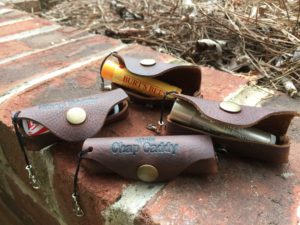
There is plenty of stuff on the market for leather care. However, I found out that nothing makes a leathery surface shine better than a chapstick. It’s very similar to using the cream for your shoes or boots: wipe off the dirt and dust with a clean cloth and then apply a thin layer of chapstick. For a great shine, use a fine brush after the chapstick has dried.
- Lubricant
First of all, wipe that smirk off your face. I was talking about things that need a little extra something to get moving like screws or a machinery’s moving part. If something’s stuck and won’t budge, you can always replace the famous WD40 squirt with chapstick. It works wonder on rusty things as well.
Hope you’ve enjoyed my piece. As always, if you have any questions, wanna say ‘hi’ or add something to the list, hit the comment section.
After doing a bit of snooping around on the Internet, I’ve discovered some of the most ingenious uses for these objects which, as I earlier said, ends up on the

